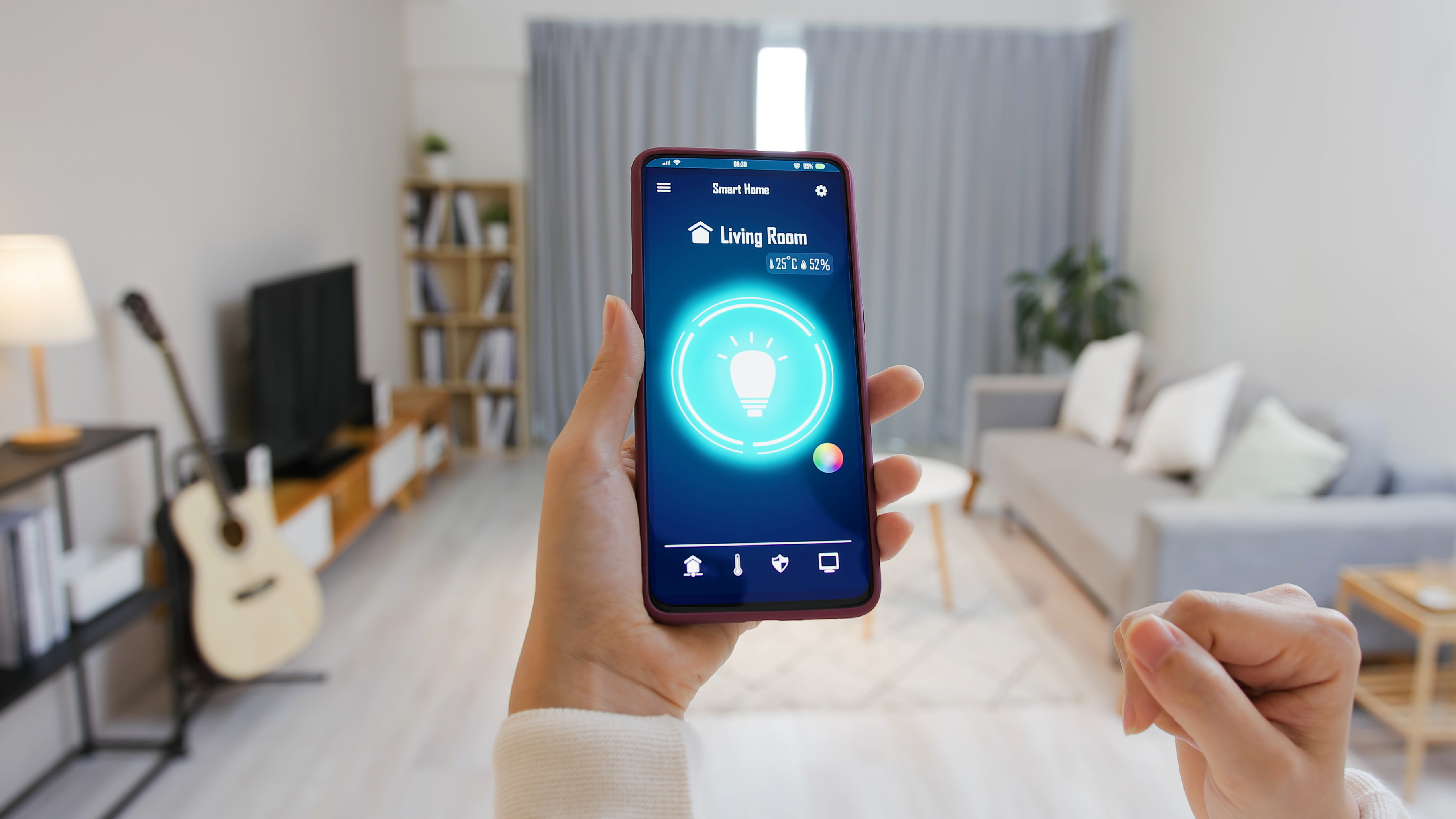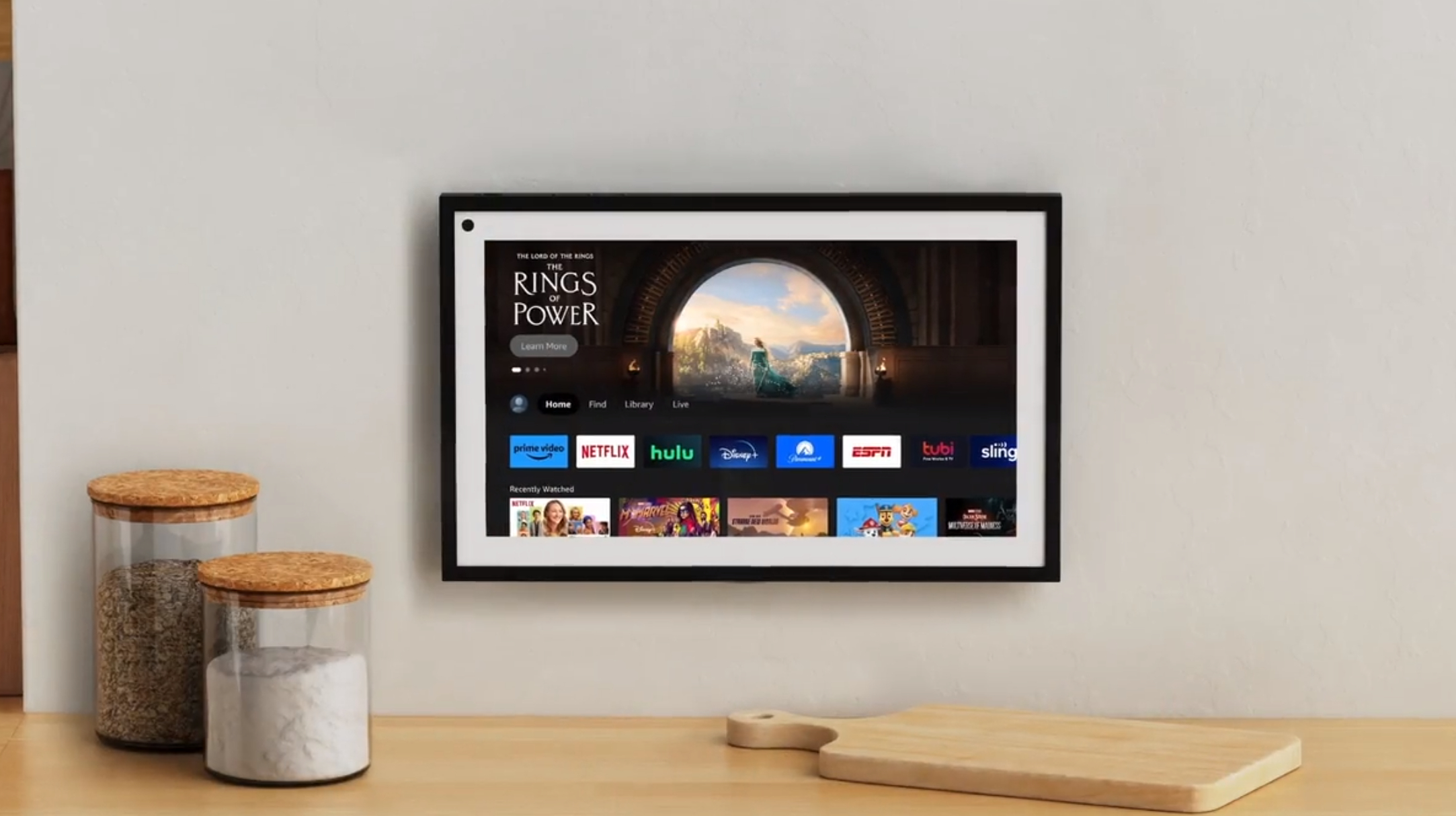
Building a smart home involves a lot more than merely swapping out the light bulbs and plugging in a smart speaker. Dig a little deeper and you’ll be confronted by a world full of new wireless protocols, automation, routines, and the need for a good set of tools. It's probably worth knowing where the fuse box and stopcock are too.
But before we get to that, it is crucial to plan things out ahead of installing even a single smart plug. Just like building an actual home, creating the perfect smart home relies on good planning and sturdy foundations. This means good, reliable Wi-Fi, accessible plug sockets, an understanding of all the different types of light bulb fittings, and the ability to make big decisions – like which smart home platform you’re going to use – and stick to them.
To help you get started with your new smart home build, here are six of our top tips for laying the foundations for your connected, autonomous home.
The best tips for starting a smart home
1. Choosing your favorite voice assistant is key
Do you prefer Alexa or Google Assistant? Perhaps you’re deeply embedded into the Apple ecosystem and Siri is the only voice assistant for you.
Before starting your smart home you should pick which system you are going to build it on. The main options are Amazon Alexa, Google Home (which also incorporates Nest products) and Apple Home. There’s also Samsung SmartThings to consider too, which could be the right choice if you already have a Samsung TV and perhaps one of its connected smart fridges.
While it is possible to build a smart home with multiple voice assistants, things can quickly get confusing. You should try to pick one and stick with it as best you can. That way, you can create routines and special commands that are expertly handled by your assistant of choice.
In our opinion, Alexa and Google Assistant have a lot of similarities when it comes to smart home control. Siri isn’t quite as capable, at least in our experience, but is a perfectly valid option if you already have a household full of Apple products and want to stay in the same ecosystem.
2. You’ll need bulletproof Wi-Fi in every room
A crucial aspect of smart home design is connectivity. A lot of smart home devices are controlled via a connection to your Wi-Fi network, so you’ll need to make sure your router can provide good signal strength to every room – and potentially the garden too, if you have outdoor smart lighting and intelligent irrigation systems in mind.
If your Wi-Fi is patchy then we recommend installing signal boosters to help improve connectivity in the far-flung corners of your home. Readers with older homes, which tend to have thicker walls, should also consider extending their Wi-Fi network.
Patchy Wi-Fi can result in smart home devices disconnecting or acting erratically, which can be particularly annoying if you’re trying to stream music or video from one floor to another.
On a similar note, your smart home will need plenty of power sockets. As an example, devices like smart light bulbs often connect to their own hub, which needs to be plugged into the mains as well as your router, via a Ethernet cable.

3. There are new wireless systems to understand
When it comes to smart home connectivity, WI-Fi isn’t the only kid in town. There are also new wireless networking standards called Zigbee and Z-Wave. Both are designed specifically for the sorts of simple, low-power devices that make up a smart home (like light bulbs), but they aren’t quite the same as Wi-Fi.
You don’t need to fully understand how they work, but it’s worth being aware of their limitations. Such as how Z-Wave has a limit of 232 devices per hub – so if you have a very large house and want smart lighting absolutely everywhere, you might eventually run into that limit.
There's also a system called Matter, which is a new smart home standard that has quickly been adopted by some of the biggest device manufacturers. It already integrates with Alexa, Apple Home, Google Home, and Samsung SmartThings, and has the potential to help with multi-platform smart homes. Like where you have an iPhone but your partner uses Android, for example. Support for different types of smart home devices is still being rolled out, but over the next few years, Matter stands to reshape interoperability in the smart home.
4. Your first purchase should be a smart speaker or display
A lot of smart home devices can be controlled by a smartphone or tablet; but ideally, you’ll want to use a smart speaker or display as your central command hub. Amazon and Google-owned Nest make a range of speakers and displays running their respective smart home systems and operated with the Alexa and Google Assistant voice butlers.
These smart speakers and displays take your voice commands and use them to control devices like smart lights, plugs, fans, speakers, thermostats, and much more besides. You can say things like “Alexa, turn the lights on” or “Hey Google, turn up the heating” and the relevant smart home device will respond in a matter of seconds.
Smart displays are particularly useful, as they can be used as a touchscreen controller for your smart lights, plugs and thermostat, and they’ll even show live video feeds from connected security cameras and video doorbells. Apple doesn’t sell a smart display, but an iPad running the company’s Home app can act as a great smart home controller.

5. Keep track of absolutely everything
Like building a real house, it’s important to keep track of everything you do when constructing a smart home. Every app, every device, every voice command and every routine or automation needs documenting.
This may seem like overkill, and it might well be for simpler systems. But if your smart home project eventually grows to include dozens of devices across various systems, having a good understanding of how everything is connected is vital.
Speaking from personal experience, I’ve recently wasted an hour trying to find the obscure app used to set up some smart light bulbs I bought, installed, added to Alexa then forgot about. One bulb was switching from white to yellow every time I turned it on, and Alexa had lost contact with it. I had to dig into my Amazon purchase history to find the name of the bulbs, Lepro, then find their app, re-download it and go about troubleshooting the misbehaving bulb. I could then switch it back to white, reintroduce it to Alexa, and all was well.
Keeping track of your system also pays dividends when it comes to moving house or selling your equipment. You’ll need to carefully log out of all devices, especially security-critical ones like smart door locks, cameras, and alarm systems, before transferring ownership.
6. Pricier doesn’t always mean better
It can be appealing to buy every device from the perceived market leader, but in some cases, you needn't splash out on the most expensive option. This is especially true when it comes to smart light bulbs and plugs. Philips Hue lighting is fantastic and offers more options than any other system, but filling a home with it can get incredibly expensive. Instead, look at cheaper alternatives – like the aforementioned Lepro light bulbs I use in my bathroom. They don’t connect to my Hue system, but they do connect to Alexa and they also work with the original wall switch.
I could have bought a set of Hue spotlights at great expense, but all I wanted was a set of lights that I could make slightly dimmer and warmer than the non-smart bulbs currently installed. Priced at £30 for four, the Lepro ones do exactly that, and once set up they turn to exactly the right brightness and temperature every time I hit the switch. If I ever want to change them, I can ask Alexa.
Similarly, most smart plugs all do basically the same thing. You can spend more on a full set from TP-Link or splurge on Eve's energy-monitoring plugs if you like – and devices that connect to Apple’s HomeKit system always command a premium – but for Alexa and Google Home integration almost any cheap smart plug from an unknown brand will work in exactly the same way.
That’s the beauty of smart home technology. If a device works with your system and voice assistant of choice – Alexa, for example – there’s no need to ever use the manufacture’s own app, once everything has been set up for the first time. Until you have to troubleshoot a misbehaving light bulb, of course.







